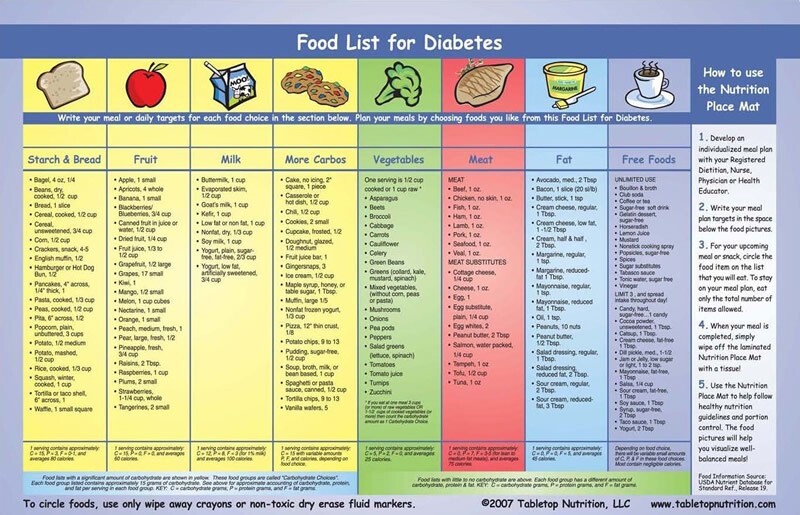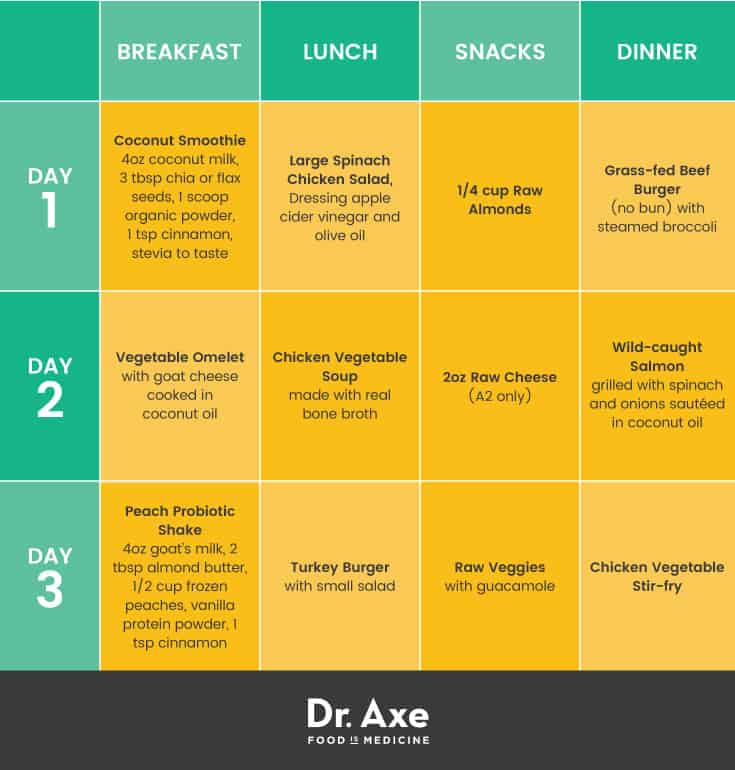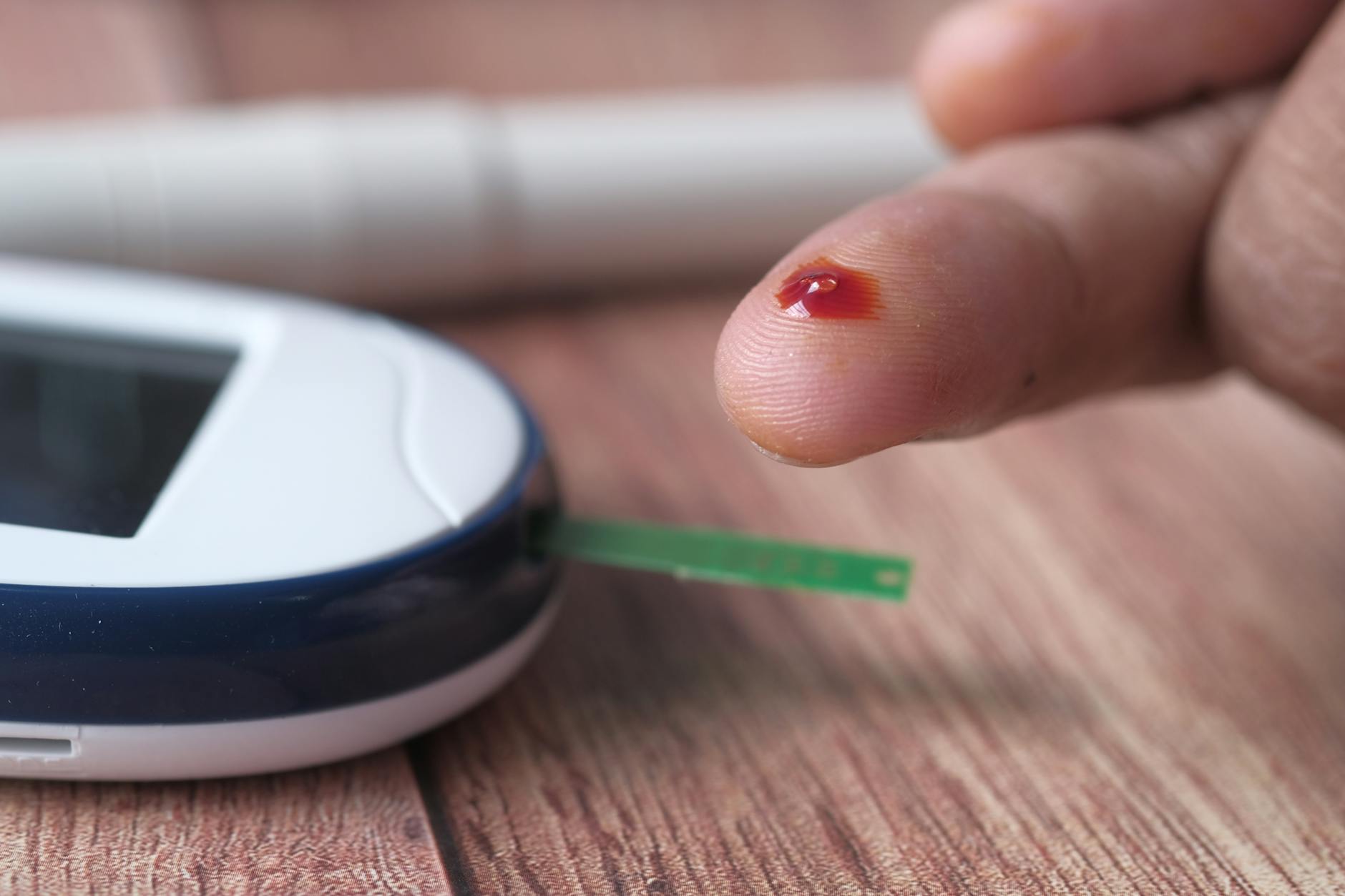Discover how small dietary changes can have a big impact on managing Type 1 Diabetes and improving overall health.
Table of Contents
- Introduction: Understanding Type 1 Diabetes and Diet
- Fruits and Veggies: Your New Best Friends
- Understanding Blood Pressure
- The Sugar Game: Balancing it Right
- Fun with Fiber
- Proteins: Building Strength
- The Role of Fats
- The Do’s and Don’ts of Snacking
- Drinking Right: Hydration and Diabetes
- Putting It All Together: Meal Planning Made Easy
- Conclusion: Happiness is Healthy Eating
- FAQs
Introduction: Understanding Type 1 Diabetes and Diet
Living with type 1 diabetes as a child can be overwhelming, but knowing how to manage it through your diet can make a big difference. Let’s explore what type 1 diabetes is and why eating the right foods is crucial for your health.
What is Type 1 Diabetes?
Type 1 diabetes is a condition where your pancreas doesn’t produce enough insulin, a hormone that helps regulate blood sugar levels. This means that you need to monitor your blood sugar levels regularly and take insulin to keep them in check.
Why Does Diet Matter?
Your diet plays a significant role in managing type 1 diabetes. The food you eat affects your blood sugar levels, so making healthy choices can help you maintain stable levels throughout the day. By understanding how different foods impact your body, you can better control your diabetes and lead a healthier life.
Fruits and Veggies: Your New Best Friends
When it comes to managing type 1 diabetes, the foods you eat play a crucial role. Fruits and vegetables are like your new best friends—they can help keep your blood sugar levels in check and provide essential nutrients for your body.
Best Fruits for Type 1 Diabetes
Fruits are a delicious and healthy choice for kids with type 1 diabetes. Some of the best fruits to include in your diet are berries, apples, and citrus fruits like oranges. These fruits are packed with vitamins, minerals, and fiber that can help regulate blood sugar levels and keep you feeling full and satisfied.
Veggie Power
Vegetables are another important part of a diabetes-friendly diet. They are low in calories and high in nutrients, making them an excellent choice for managing your blood sugar. Vegetables like leafy greens, broccoli, and bell peppers are high in fiber and antioxidants, which can help improve your overall health and well-being.
Understanding Blood Pressure
High blood pressure, also known as hypertension, is a common condition that can have serious health implications. Understanding what blood pressure is and how it can affect people with type 1 diabetes is important for maintaining overall health and well-being.

Image courtesy of www.ncbi.nlm.nih.gov via Google Images
What is Blood Pressure?
Blood pressure is the force of blood pushing against the walls of blood vessels as the heart pumps it around the body. It is measured in two numbers: systolic pressure (the pressure when the heart beats) and diastolic pressure (the pressure when the heart is at rest between beats). A normal blood pressure reading is typically around 120/80 mmHg.
Keeping Blood Pressure in Check
For individuals with type 1 diabetes, maintaining a healthy blood pressure is crucial for preventing complications such as heart disease, stroke, and kidney damage. Here are some tips to help keep blood pressure under control:
- Follow a balanced diet rich in fruits, vegetables, whole grains, and lean proteins.
- Engage in regular physical activity to help manage weight and improve heart health.
- Avoid smoking and limit alcohol consumption to reduce the risk of hypertension.
- Monitor blood pressure regularly and work with a healthcare provider to adjust treatment as needed.
By taking steps to manage blood pressure, individuals with type 1 diabetes can lower their risk of complications and improve their overall quality of life.
The Sugar Game: Balancing it Right
Sugar can be a tricky character when it comes to managing type 1 diabetes. But fret not, because with the right knowledge, you can learn how to keep the sweet stuff in check while still enjoying a treat now and then.
Good Sugar vs. Bad Sugar
Not all sugar is created equal. Natural sugars, like the ones found in fruits and dairy products, can be a part of a healthy diet. They come packaged with essential nutrients that our bodies need to thrive. On the other hand, added sugars found in candies, sodas, and processed snacks offer little to no nutritional value and can cause blood sugar levels to spike. So, it’s important to be mindful of where your sugar is coming from.
The Right Amount of Sugar
For kids with type 1 diabetes, it’s crucial to keep a close eye on the amount of sugar consumed. While it’s okay to indulge in a sweet treat occasionally, it’s best to opt for healthier alternatives most of the time. Chat with your healthcare provider or nutritionist to determine the appropriate amount of sugar intake for your individual needs. They can help you create a plan that allows for some wiggle room while keeping your blood sugar levels stable.
Fun with Fiber
Fiber is like the superhero of foods that helps our bodies in so many amazing ways. It’s a special type of carbohydrate that our bodies can’t fully digest but plays a crucial role in keeping us healthy.

Image courtesy of www.ncbi.nlm.nih.gov via Google Images
Fiber-Rich Foods for Diabetes
When it comes to managing type 1 diabetes, fiber is a fantastic ally. Some great sources of fiber include fruits like apples, berries, and pears, as well as veggies like broccoli, carrots, and spinach. Whole grains like brown rice and oats are also packed with fiber.
These foods not only help to keep you full and satisfied but also regulate your blood sugar levels. They work like little cleaners in your body, sweeping away excess sugar and keeping your digestion on track. So, make sure to include plenty of fiber-rich foods in your daily meals to keep your diabetes in check.
Proteins: Building Strength
In order to grow strong and manage type 1 diabetes, it’s important to understand the role that proteins play in our bodies. Proteins are like the building blocks that help us develop muscles, bones, and keep our bodies working properly.
Why Protein is Important
Proteins are essential for our bodies to function well and stay healthy. They help repair our tissues, build up our immune system, and give us the energy we need to go about our day. For kids with type 1 diabetes, proteins can be especially helpful in managing blood sugar levels by keeping them steady throughout the day.
Best Protein Choices
When it comes to choosing the right proteins for a diabetic diet, lean meats like chicken, turkey, or fish are great options. Eggs, tofu, and low-fat dairy products are also excellent sources of protein. These foods not only help you stay full longer but also provide the nutrients your body needs without causing big spikes in blood sugar levels.
The Role of Fats
When it comes to fats, not all are created equal. Some fats can actually be good for you, while others can be harmful to your health, especially when it comes to managing type 1 diabetes.
| Food | Effect on Type 1 Diabetes |
|---|---|
| Fruits and Vegetables | Help manage blood sugar levels due to their high fiber content |
| Whole Grains | Provide sustained energy and help control blood sugar levels |
| Lean Proteins | Reduce insulin resistance and promote stable blood sugar levels |
| Healthy Fats | Improve insulin sensitivity and aid in blood sugar regulation |
| Low-Glycemic Index Foods | Help prevent spikes in blood sugar levels |
| Avoid Sugary Drinks and Processed Foods | Can cause rapid blood sugar spikes and should be limited |

Image courtesy of www.ncbi.nlm.nih.gov via Google Images
Understanding Cholesterol
Cholesterol is a type of fat found in your blood that is essential for building cells and producing hormones. But when you have too much of the wrong kind of cholesterol, called LDL cholesterol, it can lead to heart problems and other health issues.
Choosing Healthy Fats
Fortunately, there are good fats out there that can actually help lower your LDL cholesterol levels and improve your overall health. Foods like avocados, nuts, seeds, and fatty fish are rich in healthy fats that can be friends of diabetes.
The Do’s and Don’ts of Snacking
Snacking can be a fun and tasty part of your day, but when you have type 1 diabetes, it’s important to make smart choices to keep your blood sugar levels steady. Here are some helpful tips for healthy snacking habits:
Snack Ideas That Rock
When it comes to snacking with type 1 diabetes, focus on foods that are high in fiber, protein, and healthy fats. These nutrients can help keep you full and satisfied without causing a spike in your blood sugar levels. Some great snack ideas include:
- Apple slices with almond butter
- Carrot sticks with hummus
- Greek yogurt with berries
- Trail mix with nuts and seeds
Snacks to Steer Clear Of
While it’s important to enjoy tasty treats in moderation, there are some snacks that can lead to a rapid rise in blood sugar levels, which is not ideal for managing type 1 diabetes. Here are some snacks to avoid or have sparingly:
- Candy and sugary sweets
- Sugary drinks like soda or fruit juices
- Packaged snacks like chips and cookies
- Deep-fried foods like potato chips or doughnuts
By making mindful choices about your snacks, you can take control of your type 1 diabetes and feel your best every day. Remember, it’s all about balance and making choices that make you feel good inside and out!
Drinking Right: Hydration and Diabetes
Staying hydrated is super important, especially if you have type 1 diabetes. Water is like a superhero for managing diabetes because it helps your body work well. When you drink enough water, it keeps your blood sugar levels stable and helps your body flush out extra sugar. So, make sure to drink plenty of water throughout the day!

Image courtesy of www.mdpi.com via Google Images
Other Diabetes-Friendly Drinks
While water is the best choice, there are other drinks that are safe for kids with type 1 diabetes to enjoy in moderation. Unsweetened herbal teas and infused water are great options that give your taste buds some excitement without adding extra sugar. Low-fat milk and 100% fruit juices (in small portions) are also good choices. Just remember to check the label for added sugars and choose drinks that are low in sugar content.
Putting It All Together: Meal Planning Made Easy
Now that we’ve covered a lot of information about managing type 1 diabetes through diet, let’s put it all together with some simple meal planning tips.
Sample Meal Plan
Here’s an example of a day’s worth of meals for a child with type 1 diabetes:
Breakfast: Scrambled eggs with spinach and whole wheat toast
Snack: Apple slices with peanut butter
Lunch: Turkey and cheese whole grain wrap with a side salad
Snack: Carrot sticks and hummus
Dinner: Grilled chicken with quinoa and roasted vegetables
Remember, portion control and balanced meals are key!
Tips for Eating Out
When you’re dining out, you can still make healthy choices for your diabetes-friendly diet. Here are some tips:
1. Look for grilled or steamed options on the menu.
2. Ask for dressings and sauces on the side to control portions.
3. Choose water or unsweetened beverages instead of sugary drinks.
4. Opt for whole grain or vegetable sides instead of fries or white rice.
5. Don’t be afraid to ask your server questions about how the food is prepared.
By following these simple meal planning tips and making smart choices when eating out, you can successfully manage your type 1 diabetes while still enjoying delicious and nutritious meals.
Conclusion: Happiness is Healthy Eating
In conclusion, it is essential to understand that managing type 1 diabetes through diet is crucial for maintaining overall health and well-being. By making healthy food choices, individuals can control their blood sugar levels, reduce the risk of complications, and lead a happier, more fulfilling life.

Image courtesy of draxe.com via Google Images
Importance of Diet in Type 1 Diabetes Management
Diet plays a critical role in managing type 1 diabetes because the foods we eat directly impact our blood sugar levels. By choosing nutrient-rich foods like fruits, vegetables, whole grains, lean proteins, and healthy fats, individuals with type 1 diabetes can regulate blood sugar and stay healthy.
Balanced Approach to Eating
It’s important to strike a balance when it comes to food choices. Understanding the difference between good sugars and bad sugars, incorporating fiber-rich foods, and choosing healthy fats can help individuals with type 1 diabetes maintain stable blood sugar levels and lower the risk of developing other health problems, such as high blood pressure and high LDL cholesterol.
By following a balanced and healthy diet that includes a variety of nutritious foods, children with type 1 diabetes can enjoy delicious meals, snacks, and drinks while managing their condition effectively.
FAQs
Can I still eat sweets if I have type 1 diabetes?
Yes, you can still enjoy sweets if you have type 1 diabetes, but it’s important to do so in moderation. It’s best to opt for natural sugars found in fruits or small portions of desserts instead of foods with added sugars. Always remember to check your blood sugar levels regularly and work with your healthcare team to determine how sweets fit into your overall meal plan.
What should I do if my blood sugar gets too low?
If your blood sugar gets too low, it’s essential to act quickly to bring it back to a safe range. Have a fast-acting source of sugar on hand, such as glucose tablets or juice, and consume it immediately. Follow up with a snack containing carbohydrates and protein to help stabilize your blood sugar levels. If symptoms persist or worsen, seek medical attention right away.




